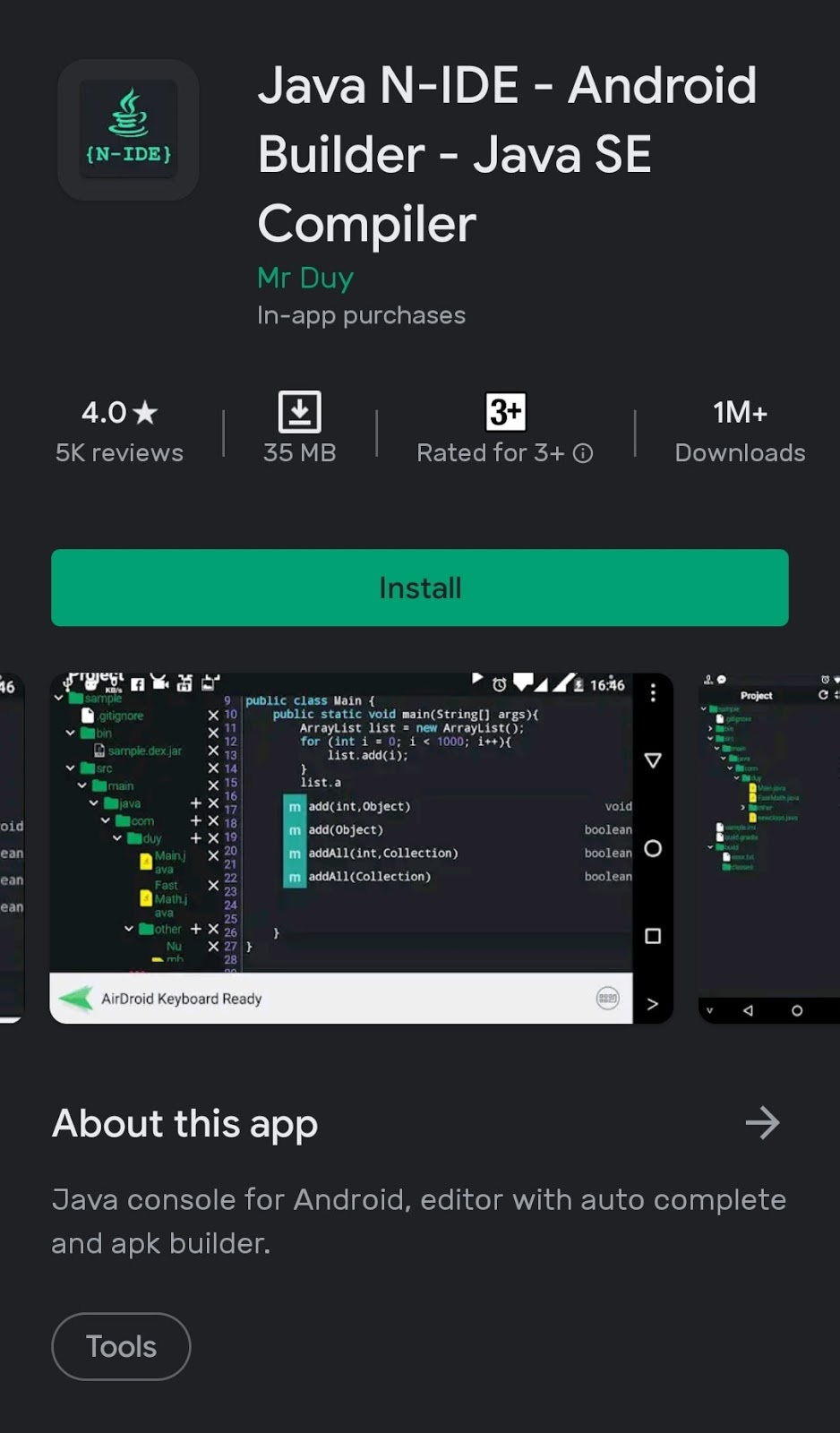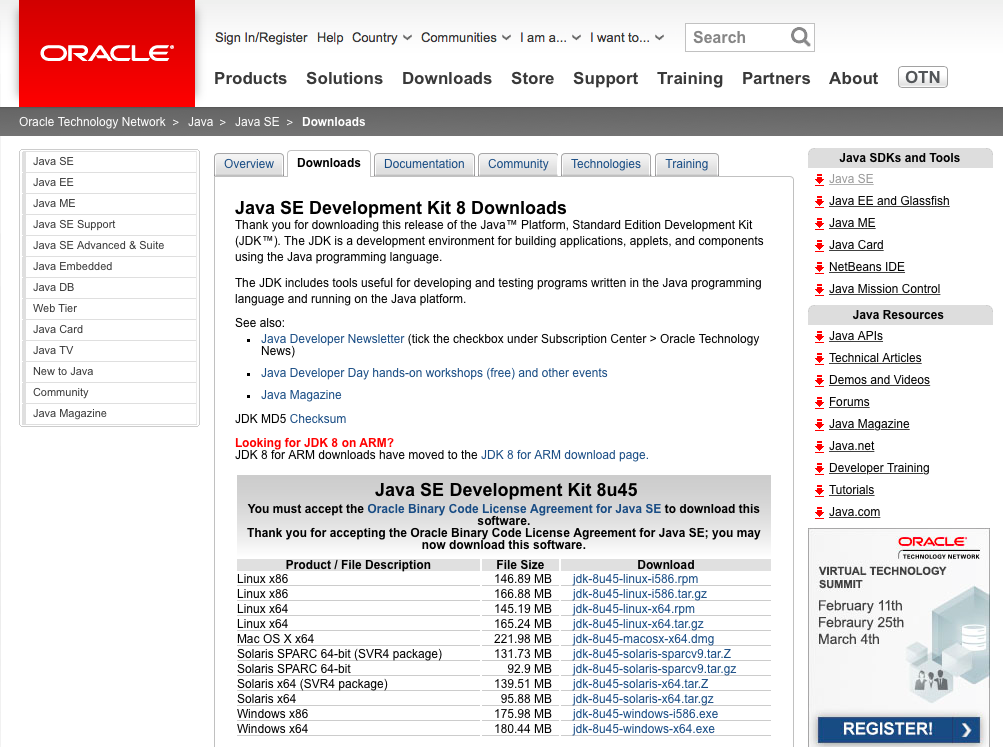


If you need additional tools useful for enterprise and cloud-native application development, then you will likely want to download and install Jakarta EE. You will still download the Java SE JDK from an implementer like Oracle or OpenJDK. Now that the enterprise Java libraries have migrated to Jakarta EE, the process has changed. These were JDKs targeted for different types of development like Java Enterprise Edition (Java EE), Java Standard Edition (Java SE), and Java Mobile Edition (Java ME). In the past, you also had to select a Java package. Looking ahead, it seems that Java 17 may be the next prominent version. Java maintains backward compatibility, so we'll just download the latest release. Java 11 recently squeaked past Java 8 as the most commonly used version. When you download your JDK, you will need to select the version of Java you want to use. For Windows and macOS, Java includes an installer that will do this for you. Getting Java set up in your development environment is as easy as downloading a JDK and adding it to the system path on your operating system. First, I'll show you how to download and set up a JDK in your development environment.

java files-which are plain text-and rendering them into executable. The compiler is the software program capable of taking raw. In addition to the JRE, which is the environment used to run Java applications, every JDK contains a Java compiler. Everyday definition: The JDK is a software package you download in order to create Java-based applications.Technical definition: The JDK is an implementation of the Java platform specification, which includes the compiler and standard class libraries.IDGīefore we move on, let's consider the technical and everyday definitions of the JDK: The JDK requires a JRE because running Java programs is part of developing them.įigure 1 shows how the JDK fits into the Java application development lifecycle. The JRE can be used as a standalone component to simply run Java programs, but it's also part of the JDK. The distinction is that the JDK is a package of tools for developing Java-based software, whereas the JRE is a package of tools for running Java code. The JDK provides the tools necessary to write Java programs that can be executed and run by the JVM and JRE.ĭevelopers new to Java often confuse the Java Development Kit and the Java Runtime Environment.The JRE is the on-disk part of Java that creates the JVM and loads programs into them.The JVM is the runtime that hosts running programs.It's important to differentiate between these three technologies and understand how they're connected: The Java Development Kit (JDK) is one of three core technology packages used in Java programming, along with the JVM (Java Virtual Machine) and the JRE (Java Runtime Environment).


 0 kommentar(er)
0 kommentar(er)
